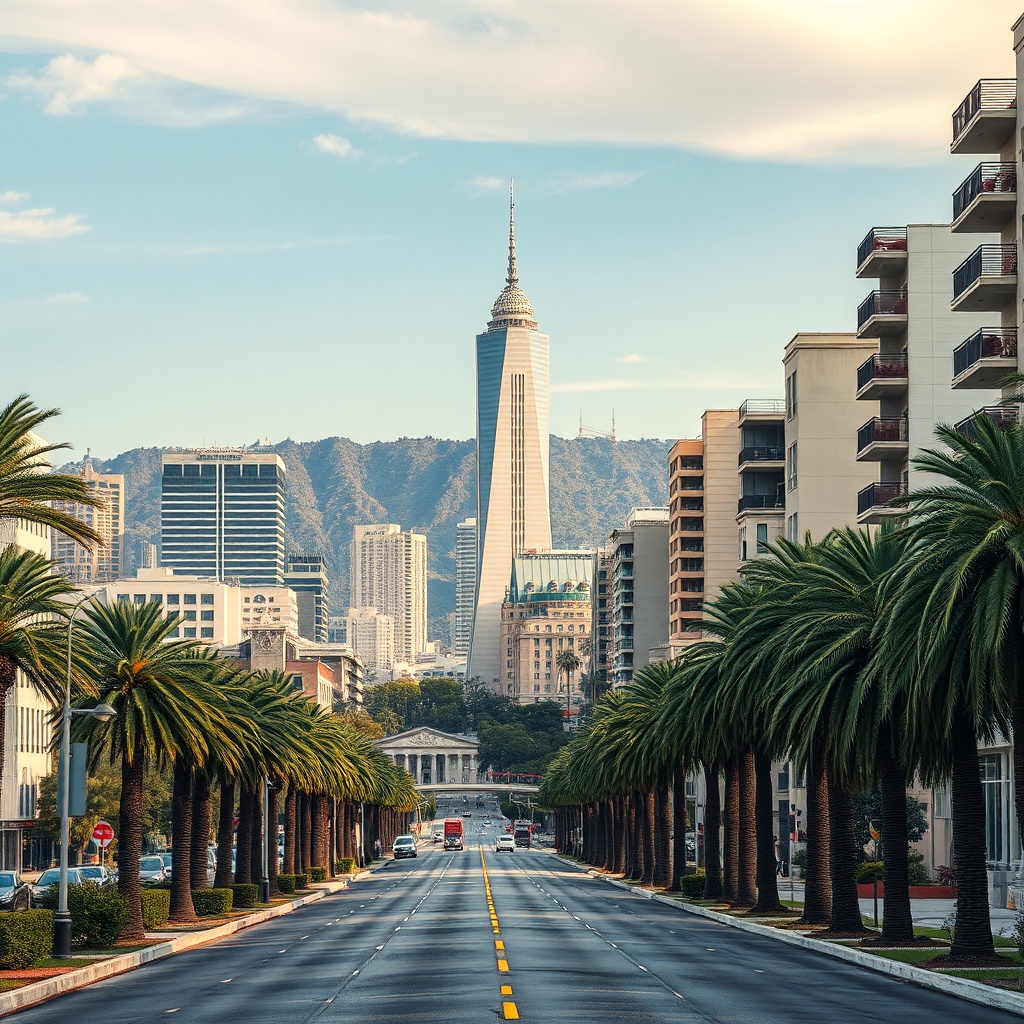The Los Angeles River is transforming from a concrete flood channel into one of the city’s most talked-about public spaces. What once felt off-limits to most Angelenos now offers parks, bike paths, art, and restored habitats—creating new ways to experience the city’s diverse neighborhoods and natural systems.
Why the river matters
The river’s revitalization is about more than aesthetics. Projects along the channel aim to improve flood control while restoring wetlands, increasing urban canopy, and expanding public access.
That mix of infrastructure and ecology helps cool neighborhoods, reduce stormwater runoff, and create corridors for birds and pollinators—important outcomes as neighborhoods face hotter summers and more intense storms.
What you can see and do
– Walk and bike: Continuous segments of greenway and multi-use paths now link parks, murals, and waterfront viewpoints.
These routes are ideal for a relaxed ride, an after-work stroll, or a longer fitness ride that connects multiple communities.
– Park spaces and nature pockets: New pocket parks, restored riparian areas, and native plantings offer spaces for picnics, birdwatching, and quiet reflection.
Look for interpretive signs that explain local ecology and restoration efforts.
– Public art and culture: Murals and site-specific installations celebrate the cultural heritage of communities along the river. Pop-up events, markets, and performances increasingly use riverfront plazas and park spaces.
– Wildlife watching: Restored habitats attract songbirds, waterfowl, and insects. Bring binoculars to spot species that thrive in urban green corridors.
Where to start
Access points and amenities vary by neighborhood, so plan your route based on the experience you want. Popular entry areas have bike racks, restrooms, and shaded picnic spots. If you’re coming by transit, many river-access neighborhoods are served by local rail and bus lines; check transit maps for the nearest stops.
Parking can be limited near popular stretches, so consider arriving early or using a bike.
Practical tips
– Bring water, sun protection, and comfortable shoes—some stretches are sunny and exposed.

– Stay on designated paths; some restored areas are fragile and closed to foot traffic.
– Respect local neighborhoods—observe posted rules about dogs, smoking, and hours.
– Check for events: weekend markets and guided walks can add context to your visit.
– Volunteer: Community groups organize habitat restoration days and cleanups—an easy way to contribute.
Community and economic impact
Revitalization generates new public space and opens opportunities for small businesses along the riverfront—cafés, bike rentals, and creative pop-ups. Community-led planning efforts help ensure that benefits serve longtime residents as well as newcomers, but continued attention to equitable development and affordable housing is critical to keep neighborhoods inclusive.
Looking forward
The river is still evolving, and every visit can reveal something new: a mural unveiled behind a park, a restored marsh full of birds, or a community gathering that brings neighbors together. For Angelenos and visitors alike, the river offers a refreshing reminder that urban infrastructure and nature can coexist—creating cooler, greener, and more connected neighborhoods for everyone.